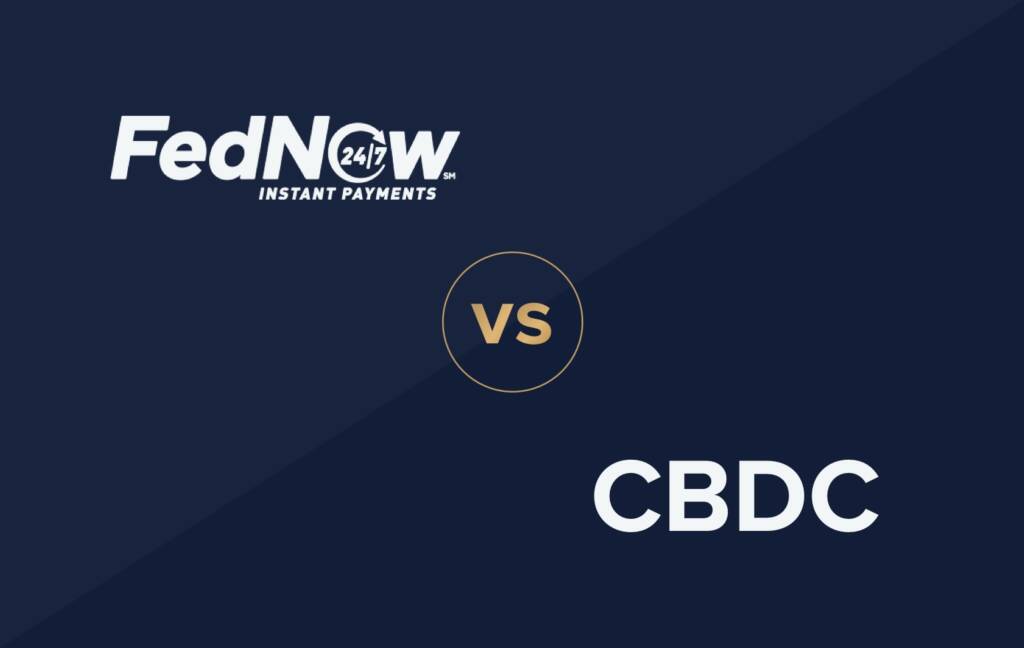Consumers and businesses alike want better, faster cross-border payments options. Real-time 24×7 services are in demand everywhere, and cross-border is no exception. As a result, according to a recent study by Aite Group in association with Volante, cross-border payments revenues are expected to grow by 20% to over $260bn by 2025.
Financial institutions should be celebrating. But there’s a catch: most traditional bank cross-border payment services are based on correspondent banking, which is slow, expensive, and opaque. If banks do not modernize their legacy services in response to demand, competitors such as challenger banks and fintechs will close the gap.
Fortunately there are now a number of viable options for banks to rise to the challenge. Next-generation cross-border mechanisms–SWIFT gpi, Ripple, Visa B2B, Visa Direct, Mastercard Send, and others–are rapidly gaining traction, and provide an attractive opportunity for value-added service provision, particularly for the corporate clientele that drive the bulk of payments revenue. The key is selecting the right service mix and technology approach.
Choosing the right services and networks based on needs and customer demands
At present, the cross-border market is inhibited by the correspondent banking model – a multi-step process that adds significant friction to any transaction. Clearing and settlement typically takes several days, manual intervention is required due to a lack of data in the payment, costs are high and unpredictable, and there is a lack of transparency over which stage of the journey the payment resides.
While this state of affairs might have been tolerable a decade ago, today’s business customers are a different breed. Aite’s cross-border study shows that about 30% of U.S. small businesses need to make cross border payments, and that number increases to about 60% across all business segments. Overall, a greater number of small and mid-size businesses have the need for cross-border functionality.
These are exactly the kinds of businesses that expect sophisticated customer experiences and real-time 24×7 responsiveness from their banking providers, and want to remove the friction and pain points of cross-border payments. They want predictable fees, fast and secure settlement, transparency into payment status, and robust data attached to that payment.
What are these solutions, and how have they evolved? For banks looking to move on from the outdated correspondent banking model, the first, critical step to modernizing is by connecting into the necessary cross-border clearing and settlement mechanisms – whether that’s SWIFT gpi, Ripple, Visa B2B, Visa Direct, another next-generation alternative, or even a combination of these systems.
SWIFT gpi
This is the traditional model of utilizing intermediary banks, whereby recipients are outside the sending bank’s footprint or network. SWIFT gpi allows member banks transacting within networks to have near-real-time settlement and payment tracking.
One of the advantages of SWIFT gpi is speed. 92% of end-to-end cross-border payments are completed within 24 hours, while 40% of them are credited within the first 30 minutes. SWIFT gpi provides full visibility of the transaction fees without any data loss, helping banks achieve transparent, traceable, and predictable end-to-end transaction monitoring. They are moving quickly to address the deficiencies of the traditional correspondent banking model, with their recent release of the SWIFT Go service adding to the improvements introduced by gpi. Additionally, SWIFT gpi is building capabilities for developers that enhances the possibilities of their services.
Ripple
Ripple is a distributed ledger-based global real-time settlement mechanism. It offers banks a faster and a more cost-effective mechanism to make international payments in any fiat currency with associated settlement. As banks and their corporate clients look for ways to improve payments flows and reduce the capital costs associated with the traditional correspondent banking model, they may find Ripple’s modern settlement architecture offers near real-time settlement with reduced fund transfer costs. Blockchain provides transparency, security, and speed that the traditional correspondent banking model cannot provide. Payments can settle in real-time without dependence on card numbers or intermediary banks.
Mastercard Send and Visa B2B
The card networks have high market penetration and maturity and have expanded payment capabilities through high-profile acquisitions. The capabilities leverage the card network utilizing card numbers.
Mastercard Send is the global payment network’s entry into real-time personal payments, supporting transactions that hit your wallet almost instantly. They partner with banks, businesses, and digital wallets to deliver money to bank accounts. Utilizing prepaid debit cards, mobile wallets and select cashout locations, Mastercard Send doesn’t rely on a bank’s ACH system, therefore eliminating the need to provide the bank’s routing or account numbers.
Visa B2B simplifies the complexities and costs associated with existing systems and inefficient processes. It allows for the movement of funds quickly and securely, with near real-time visibility into payment status, enabling necessary reconciliation and compliance data, ultimately helping improve cash flow.
Crypto currencies
Cryptocurrencies has been used for payments since their inception, and in the last few years, a growing number of companies have focused on using them to facilitate payments. While numerous established payments companies have remained skeptical about the technology, there has also been increased support for crypto in cross-border ecommerce, most notably with PayPal, enabling US customers to utilize crypto to pay merchants around the world.
Central Bank Digital Currencies (CBDC)
Digital currencies issued by central banks (CBDC’s) are putting even further pressure on traditional banks. Cross-border payments via CBDC means payment exchange and FX settlement occur together within the CBDC ledgers of their respective central banks. The issuance and use of a CBDC for cross-border payments could potentially help simplify intermediation chains, increase speed, and lower costs. While it remains to be seen whether cryptocurrencies or CBDCs will become a mainstream medium for the exchange of funds in addition to its storage of value, but they could create a fundamentally different model for the movement of money.
Embracing the next-generation alternatives
Payments innovation is at an all-time high in the financial industry. The reality of real-time, frictionless payments has led to expectations of a better payments experience for all payments methods and types, including cross-border payments. The future of cross-border payments is an exciting one. As globalization drives volumes of cross-border payments, the provision of real-time, friction-free cross-border capabilities will prove important for banks looking to win customers, improve loyalty, and generate reliable revenue streams.
Vendors and technology solution providers are utilizing cloud-based Payments-as-a-Service (PaaS) offerings to help banks more easily offer improved cross-border payments services to their business clients. This is leveling the playing field for banks that have historically been dependent only on their correspondent banking relationships to provide cross-border payments capabilities. By moving on from the antiquated correspondent banking model and embracing next-generation alternatives, banks can position themselves to satisfy a global customer base with the speed and reliability that today’s financial market demands.






